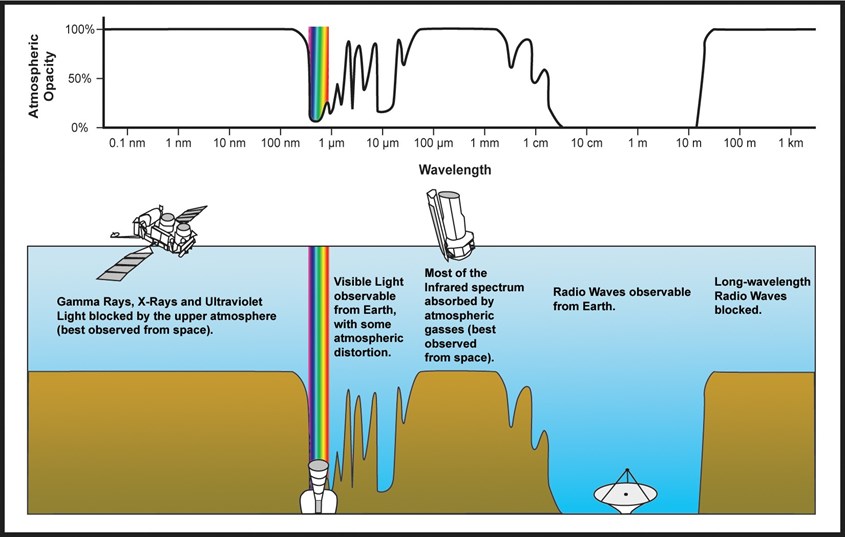Radio Astronomy
Welcome to the ASSA Radio Astronomy Web Site.
Due to limitations of content types on this existing website, Peter has put together a new web site!
While it's very new, we hope you will like it's content.
please visit https://www.radioastronomysa.au/
A few of ASSA's members want to see what signals there are from the heavens at longer wavelengths than in the optical (visual) window. This requires substantially different approaches and equipment to 'observe' at these longer wavelengths.
In the following pages, we have documented some of our travels down the 'radio' path to observing these signals.

The signals in the radio wavelengths are quite faint, but some of them can be received using modest equipment.
The Jupiter system makes quite a bit of noise, particularly the Jupiter / Io interactions and these can be heard in the HF (10Mhz to about 30Mhz band). Have a look at the 'Jupiter Emissions Reception' pages
Our Sun has a profound effect upon the Earth, being the giver of energy for life, the controller of climate (well most of the time if humans don't interfere) but the Sun also emits a lot of energy in the radio spectrum.
ASSA's Radio Astronomy Special Interest Group has joined the international 'Callisto' program to assist in providing world wide coverage 24 hours a day, monitoring of some of the wavelengths that we can receive from the Sun.
We currently have a receiver operating from 109 MHz to 860 MHz in the VHF and UHF bands and have recently installed 2 more receivers in late 2020 to have better coverage from 10 MHz to 80 MHz in the HF band. Have a look at the Callisto page for further information on this exciting project that we have undertaken.
The Milky Way Galaxy that is our home also emits radio waves as do some of the other 'residents' of our Galaxy.
Receiving the 'noise' from the rest state of neutral hydrogen in our Galaxy can be done at 1420 MHz. See 'Blair's radio telescope' for some details on how I went about receiving signals at 1420 MHz.
Our Galaxy is also quite noisy in the HF band (10 to 80 Mhz) and this easily shows up if you monitor receiver 'noise' over a 24 hour period.

The big red and white blobs on the left hand side of the above image show clearly the HF noise from the centre of our Galaxy.
This was received with our new low frequency 'bow tie' antenna and a broad band receiver (WinRadio 1550e) covering from 2 to 100 MHz in the HF band with some software I wrote. The bow tie antenna is now installed at our radio site as part of Phase 2 of the Callisto project.
Radio Astronomy website content editor - Blair Lade (blair.lade@gmail.com)